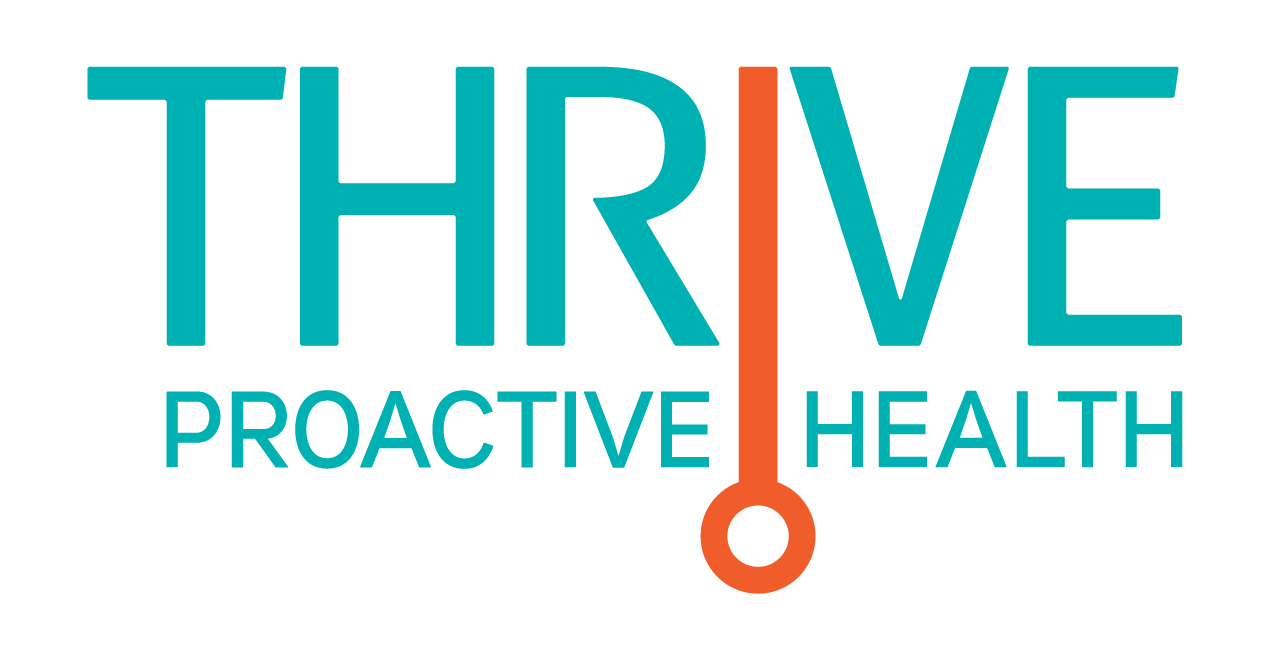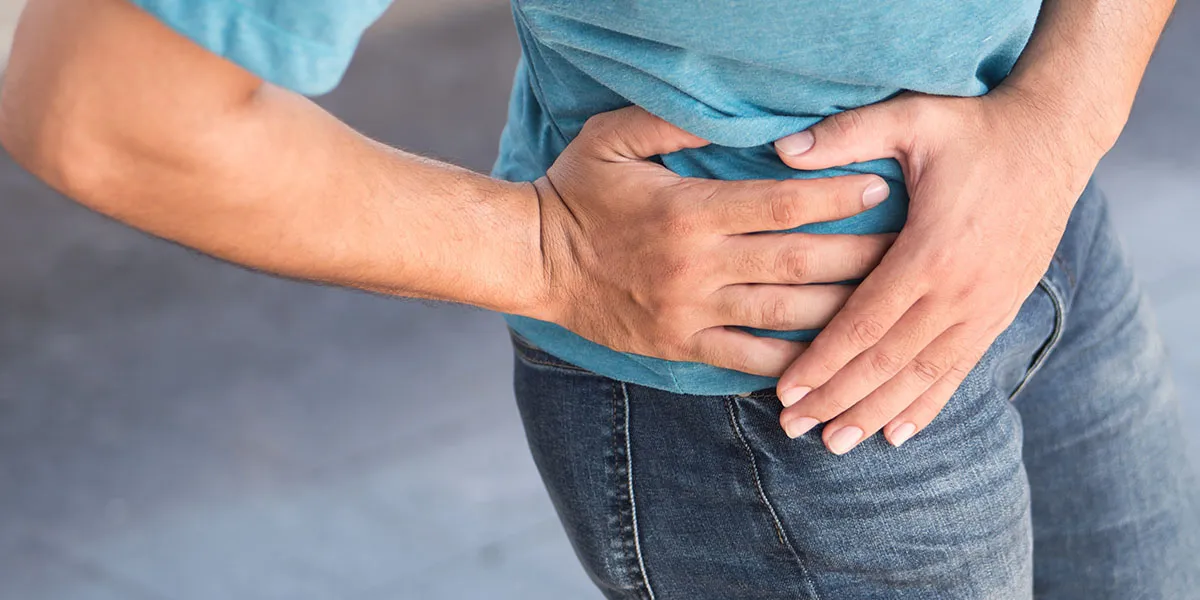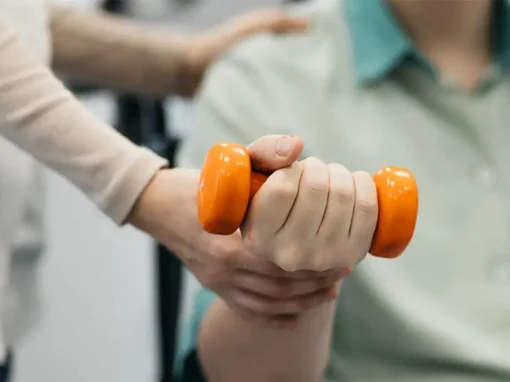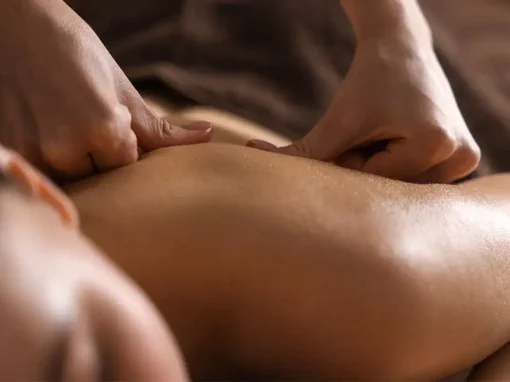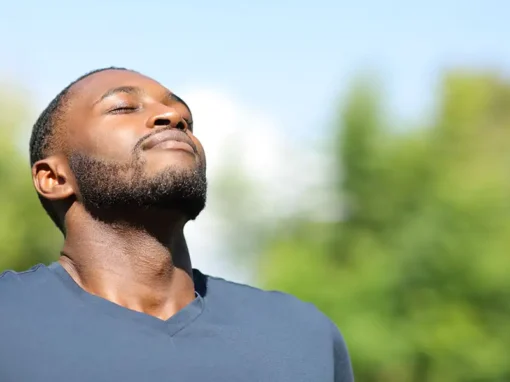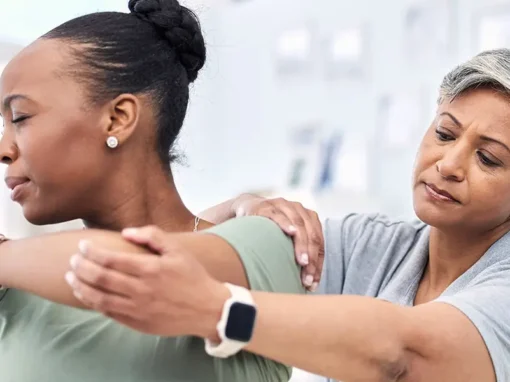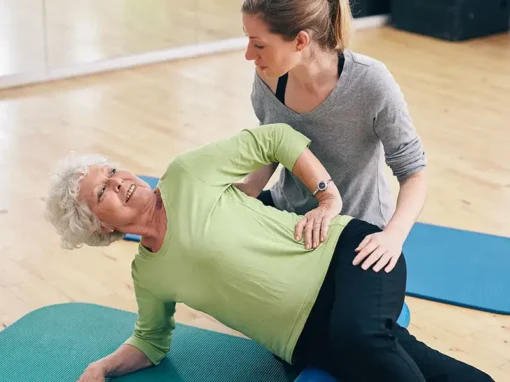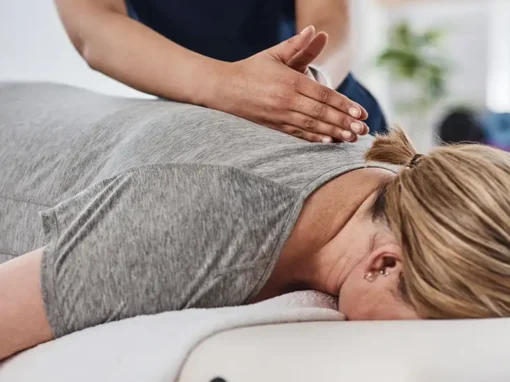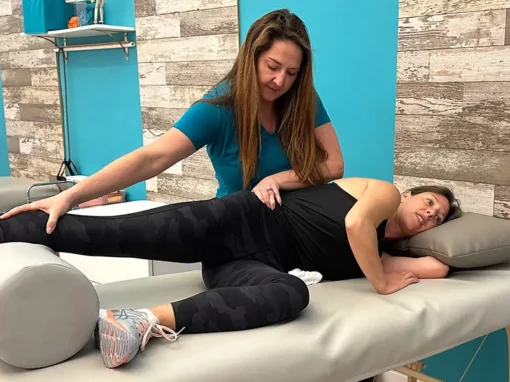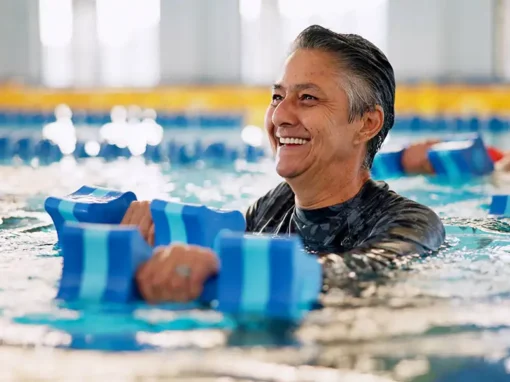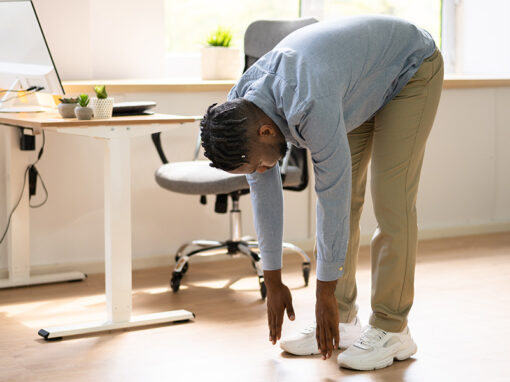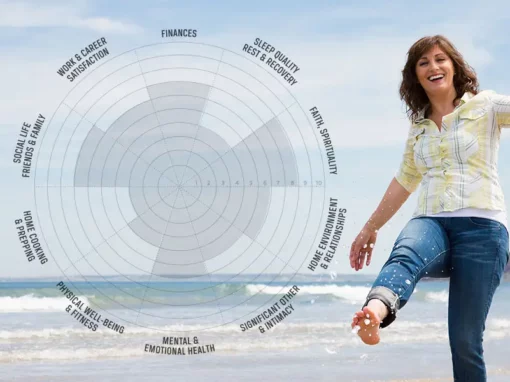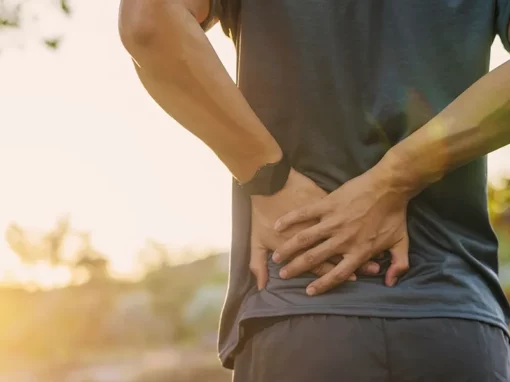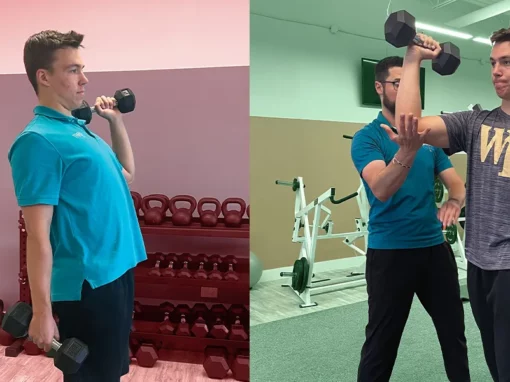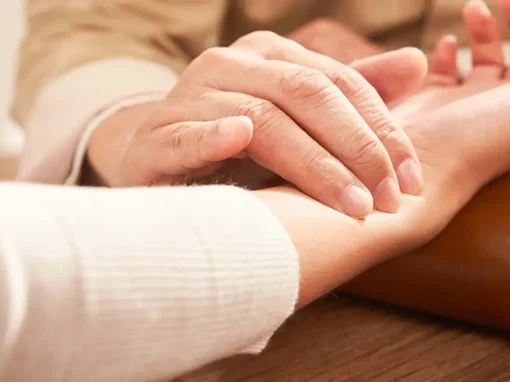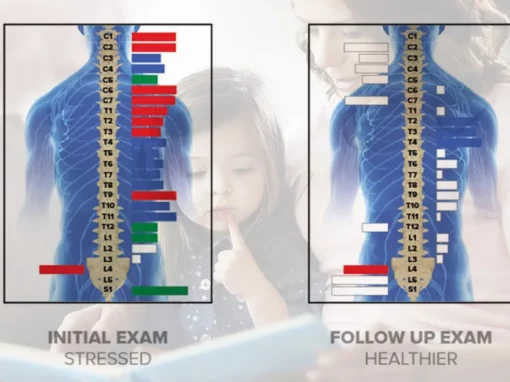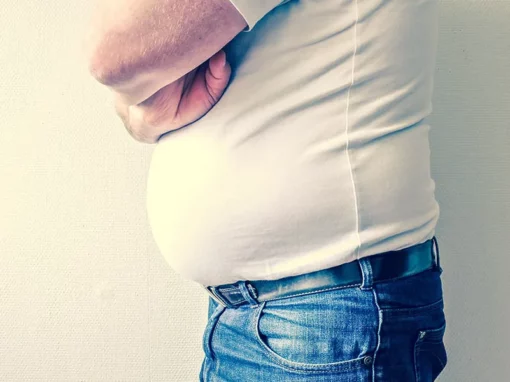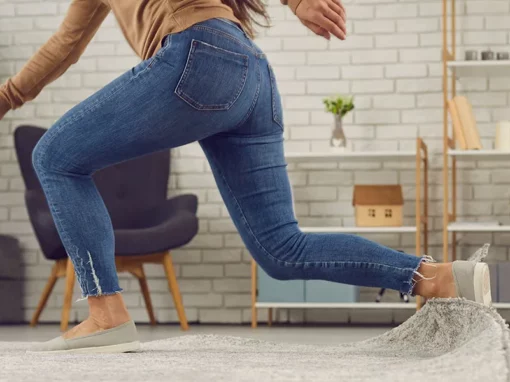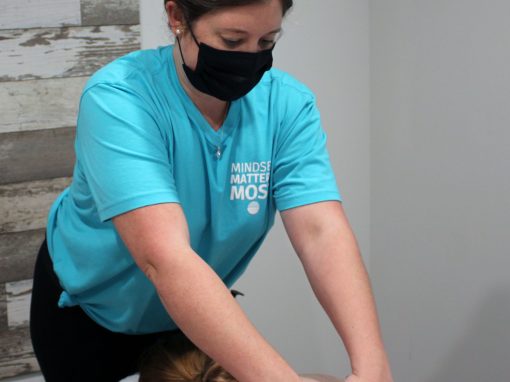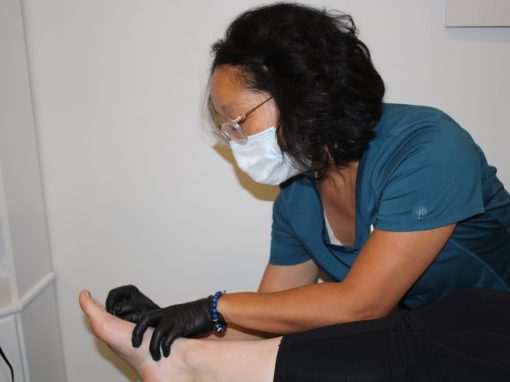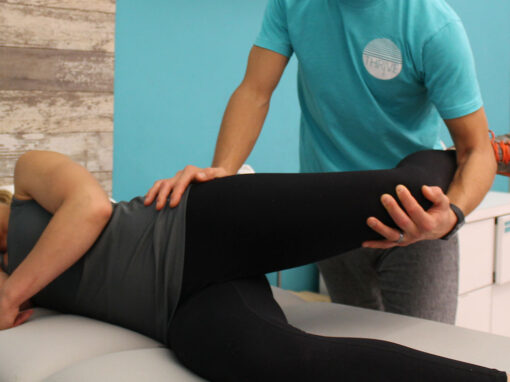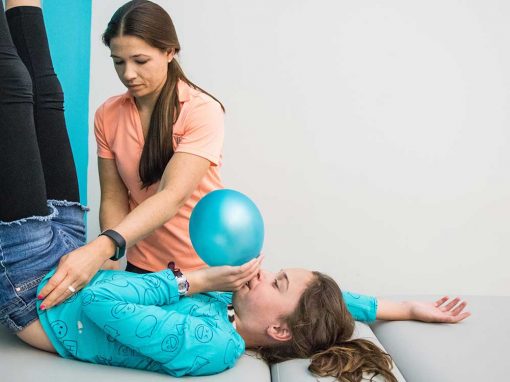For both men and women, pelvic dysfunction can be scary, unfamiliar and may seem easier to ignore than to address. Reading about pelvic pain diagnoses online can be overwhelming and the thought of surgery or internal manual work can be frightening. And often, it’s unnecessary.
Pelvic dysfunction may present as:
- pelvic floor problems like bladder leakage (incontinence, urgency, pain)
- pain with sex or bowel movements
- chronic constipation
- prostatitis
- vulvodynia
- erectile dysfunction
- gastrointestinal post-op conditions and back pain
- sacro-iliac pain
- hip bursitis
- IT band syndrome
- or other musculoskeletal pain patterns around the lower back, hips and pelvis
The science of Postural Restoration® takes a unique, whole-body approach to diagnosis and treatment.
Because your pelvis is designed to move and adjust relative to how you use your whole body throughout the day, we don’t look at the pelvis as an isolated body part. Rather, we recognize it’s just one part of your entire system — and we are built as a system of systems.
With Postural Restoration®, we perform a battery of biomechanical tests to try to understand how the movement of the pelvis is relating to other areas of the body, such as our breathing diaphragm, rib cage and spinal movements, as well as scapular and shoulder reaching and lifting movements.
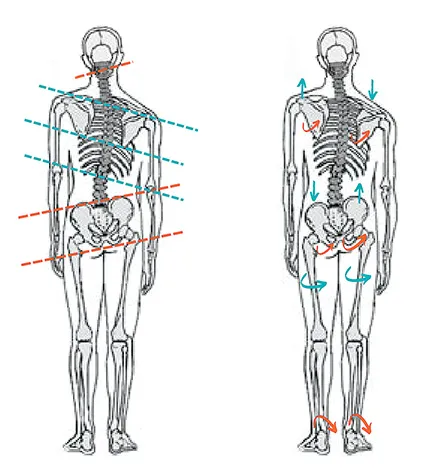
Most of the time, the pain, tension and dysfunction are caused by a mechanical muscular problem that relates to a chain reaction of muscle actions and movement patterns that are out of sync and imbalanced.
The pelvis can become misaligned and out of sync with your arms and legs causing unwanted tension and poor control between the two sides of your body, which causes asymmetrical muscular support around your “core” and lower pelvic complex.
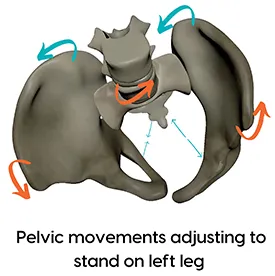
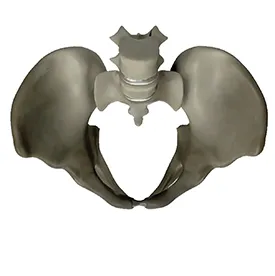
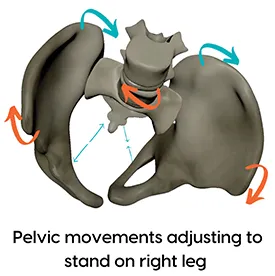
The pelvis is constantly adjusting its posture and position to balance out other postural parts around it. Oftentimes, there is an unleveling that exists between the right half and left half of the pelvic girdle that gets missed with traditional pelvic assessments.
Postural Restoration® takes our asymmetric bodies into account when assessing pelvic dysfunction. This allows us to create more personalized and effective treatment approaches.
We use our bodies asymmetrically throughout the day, in our jobs, our activities and sports. Therefore, how we treat one side of the pelvis should be different from how we treat the other. Additionally, the internal design of our organs and the shape, size and function of our diaphragms are not the same from side to side.
Start paying attention to how you may posture to one side more than the other during the day…
- Do you catch yourself always standing on one leg more than the other or lifting one leg to rest on something more than the other?
- Are you a new mom and always carry your baby on one hip more than the other?
- How about when you sit, do you often lean to one arm rest, cross one leg more than the other, sit on one foot or with one leg pulled up?
- How about with exercising and movement — when stretching or doing yoga, do you notice one hip is always tighter than the other?
- When working out and doing squats, do you notice one thigh turns out more than the other or doing split squats or lunges is easier on one side than the other?
Our asymmetrical imbalances show up in patterns. When we honor and treat the patterns of imbalance we can see great improvements in our functional movements and reduction in pain.
It’s important to learn and allow our pelvis to change its shape as it transitions side to side throughout the day. I often see people over bracing or unintentionally locking up necessary movements to unload forces, simply because no one has taught them how to allow their pelvis to move properly through the day.
If you think you have an asymmetrical imbalance between the two sides of your pelvic girdle, or you’re picking up on postural asymmetries in other body parts, don’t hesitate to call and schedule an evaluation. We’d love to help you!
